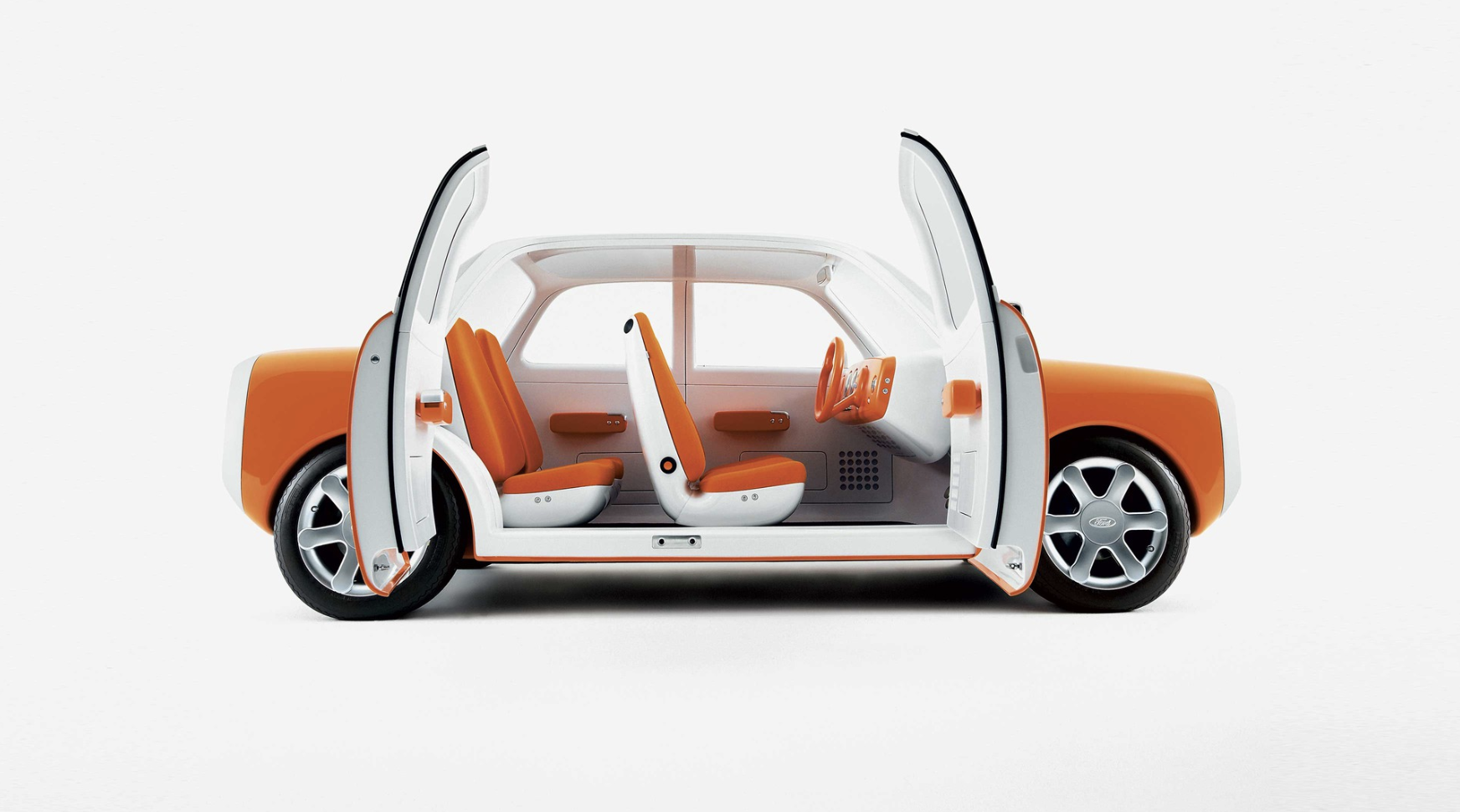Past Futures, Futures Past
No. 04 | March 18, 2024
Apple Inc’s car is no more. A decade ago, Apple began exploring the role that a multi-trillion dollar technology company could play in the multi-trillion dollar automotive industry. It invested $1 billion a year, or a fifth of the company’s annual research and development budget in 2014, and spent hundreds of millions more on chips, sensors, cloud services and software annually as well.
The technology company considered acquiring Tesla (back when Tesla was worth all of $30 billion) but decided that it was unlikely to bend the auto industry’s low margins to its own mid-40% gross profit expectation. It debated forms, including the ‘bread loaf’ design that autonomous vehicle designers seem to have settled on. And, it pursued Level 5 autonomy, and with it the ability to drive on any road, in any conditions, as a human would.
So the Apple Car is no more, but perhaps it it is better to say that it never was. It is an idea and an artifact, a testament to the fact that while true autonomy is hard, so too is a corporate strategy for autonomy, and so too is building towards it or around it. As a vision of the future, it is now the past. And major strategic questions about the future of autonomy - and the companies and business models that will own it - remain.
What strikes me about many of questions about autonomous mobility is not how new they are, but rather how old they are. We are still asking ourselves questions about how billions of vehicles will behave autonomously that we began asking seven decades ago. We can re-skin the inquiries, but we have yet to remake them. Right now, Apple’s self-driving car is a past future, and it joins other futures now consigned to the past.
Here, from 1956, is General Motors’s Motorama musical short (sic) entitled “Key to the Future”. It gazes off into the distant mists of 1976, when a family’s gas turbine-powered Firebird II would handshake a control tower and take the hands-free scenic route through the desert Southwest. What better way to enjoy the “high speed safety lane” than with a cigar and an ice cream.
The vision is not that much different, if slightly denser and more angular, when designer Syd Mead realized it in the late 1960s.
Source: sydmead.com
Almost five decades later, some autonomous mobility concepts still have a 60s-futurist familiarity, though the cityscapes that they roam are very much of the observable present. IDEO’s 2015 exploration of the future of mobility sees four scenarios for driverless vehicles. The language is grand:
“The experience is as emotionally compelling as it is feasible, combining radical innovation in transportation concepts with immersive storytelling. It expresses not just our vision of the future, but also how we work, how we think, and what we value.”
The experience, though, is at once visually new and like some of Mead’s, effectively familiar: another bread loaf roaming the city, out to “deliver everything from your new jeans to a hot lunch, almost instantly.”
Source: IDEO
And finally, the human-automobile interaction questions of autonomy are very much alive today. And, they are perhaps more fascinating now than any questions posed by the physical instantiation of autonomy.
Design and innovation researcher Jan Chipchase began examining the human elements of mobility in 2012. His early off-road rough concepts are thoughtful, still fresh - and in many cases, still to be tested:
the elasticity of a vehicle – its preferred physical distance to its owner, place or other vehicle (ultimately measured in pick-up times);
the shy-distance by which your vehicle instinctively avoids, shies away from other vehicles on the road and stationary objects;
juddering – the spasm of a dozen or more cars that react and finally settle to the arrival of a new vehicle by trying to find a new optimal shy distance in the parking lot;
nanny mode – vehicles that are assigned to pick up young children from school, but end up trailing them at a discreet distance because the kids prefer to walk home; car surprise – when you find your car somewhere unexpected and witness your vehicle engaging in unexpected activities e.g. pickup up flowers at the mall;
(Text verbatim; bullets mine)
Chipchase’s 2014 Twelve Concepts in Autonomous Mobility is worth reading in full. So too is his 2016 exploration not just of auto behaviors, but of Driver Behaviors in a World of Autonomous Mobility.
A final glimpse of a past future.
In 2016 the then-head of Google’s self-driving car initiative, Chris Urmson, outlined one of the edge cases his team experienced a year and a half earlier in Mountain View. Google’s self-driving car rounded a corner and paused, “because a woman in an electric wheelchair was chasing a duck around the intersection with a broom.” That is an edge case beyond specifying in the project spec, but it was also very real, and reality is infinite.
Autonomy remains a grand goal, and a confounding one, but there are places where it moves from future vision to present lived reality. Waymo, which is expanding beyond the Bay Area and Los Angeles and Austin, does so in part with that most human of gate checks.
A waitlist.
Events
Later this week I will be speaking with Steve Davis, chair of Watershed’s Science Advisory Board and lead author of the US National Climate Assessment.
Please join us Wednesday, March 20 at 2:30pm PT / 5:30pm ET link
QUIZ QUESTION
A charming Ford concept car.
Who designed it? And in what year?




